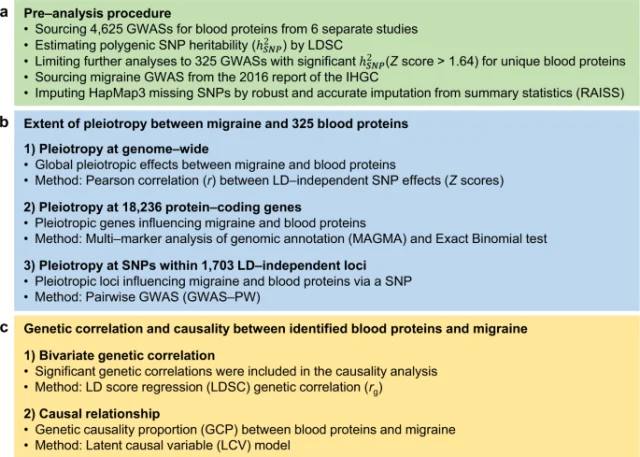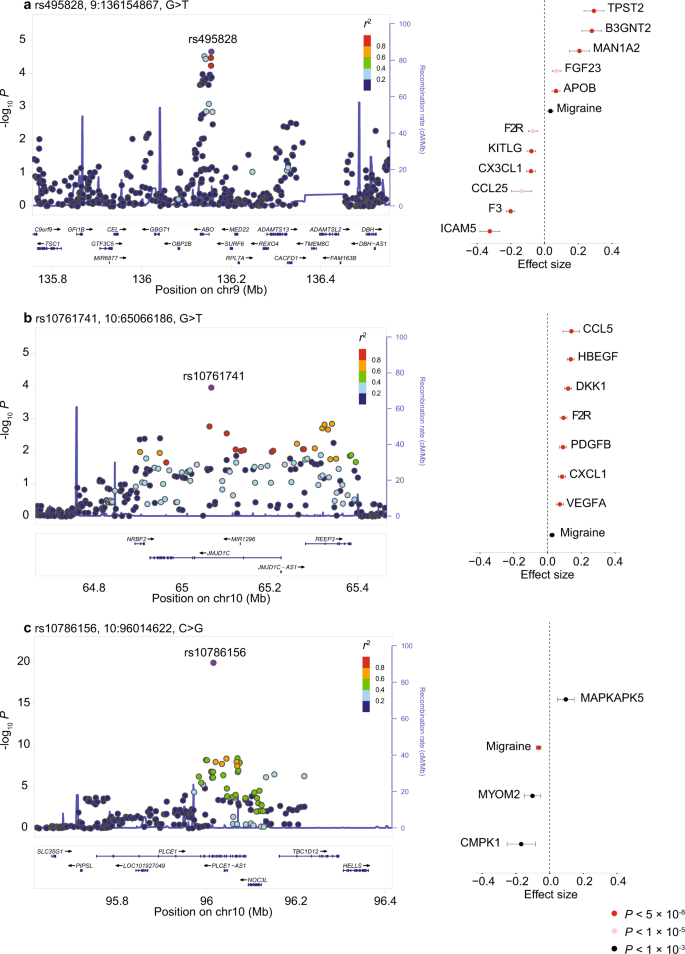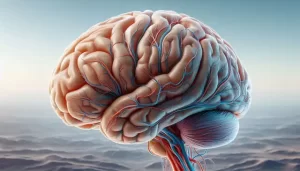Researchers identify cause of migraine headaches and new potential treatment options
- A Persistent Crisis: The Looming Specter of Drug Shortages in United States
- Rabies: The fatality rate nearly 100% once symptoms appear
- Human Brain Continues to Grow: Study Shows Increase in Size and Complexity
- CRISPR Genome Editing: From Molecular Principles to Therapeutic Applications
- Metformin Helps Immune System Better Recognize Cancer Cells
- Highlights of Prostate Cancer Research at the 2024 EAU Congress
Researchers identify cause of migraine headaches and new potential treatment options
- Red Yeast Rice Scare Grips Japan: Over 114 Hospitalized and 5 Deaths
- Long COVID Brain Fog: Blood-Brain Barrier Damage and Persistent Inflammation
- FDA has mandated a top-level black box warning for all marketed CAR-T therapies
- Can people with high blood pressure eat peanuts?
- What is the difference between dopamine and dobutamine?
- How long can the patient live after heart stent surgery?
Researchers identify cause of migraine headaches and new potential treatment options.
Genetics researchers at the Queensland University of Technology (QUT) have discovered a blood protein that triggers migraine headaches and is linked to Alzheimer’s disease, which could be prevented by repurposing existing treatments.
A migraine is a headache that causes intense throbbing pain, usually on one side of the brain. It is often accompanied by nausea, vomiting, and extreme sensitivity to light and sound.
A migraine attack can last from a few hours to a few days, and the pain can be severe enough to keep you from working.
The disorder usually runs in families and can affect people of all ages. Women are more likely than men to be diagnosed with migraine.
A variety of factors can trigger migraines, including but not limited to stress, anxiety, and loud noises.
Currently, there is no cure for migraine headaches, but a recent study from the Queensland University of Technology shows promise.

A new study by researchers at the Queensland University of Technology has identified the causes of migraine headaches and promising treatment targets. Professor Dale Nyholt and his PhD student Hamzeh Tanha from the Centre for Genomics and Personalised Health at QUT report their genetic findings in Nature Communications .
Professor Nyholt said the study identified a causal genetic link between migraine risk and altered levels of five blood proteins.
- Lower levels of FARS2, GSTA4 and CHIC2 proteins are associated with inflammation and migraine.
- Higher DKK1 and PDGFB protein levels inhibit the Wnt signaling pathway and are associated with brain calcification disorders.
The risk-increasing effect of DKK1 provides a potential mechanistic link to previously reported associations between migraine, Alzheimer’s disease (AD), and cerebral amyloid angiopathy (CAA).
According to Professor Nyholt, migraine patients had higher levels of DKK1 and PDGFB and lower levels of FARS2, GSTA4 and CHIC2, which raised their risk of developing migraine.
Higher levels of the DKK1 and PDGFB blood proteins inhibited the Wnt signaling pathway, which carries biological signals into cells and may lead to brain calcification and inflammation that leads to pain, while lower levels of the antioxidant blood proteins FARS2, GSTA4, he said and CHIC2 also caused the inflammation associated with migraine.
“Notably, we found that the strong causal effect of higher levels of DKK1 on migraine risk may be related to reduced Wnt signaling, as observed in Alzheimer’s disease and cerebral amyloid angiopathy,” Nyholt the professor said. “Cerebral amyloid angiopathy is a buildup of proteins in the arteries of the brain known to contribute to Alzheimer’s disease, and a reduction in Wnt signaling has also been shown to increase neuropathic pain in a rat model.”

Migraine is one of the most common neurological disorders in the world and understudied given its significant public health burden, Professor Nyholt said.
In Australia alone, the estimated cost to the Australian economy is around $35.7 billion a year, and current treatments fail up to 50 per cent of migraine sufferers, he said.
Proposed therapies for Alzheimer’s disease called Wnt activators, which restore Wnt/beta-catenin signaling in the brain, could represent a novel therapeutic tool for migraine treatment, Professor Nyholt said.
Professor Nyholt said: “The good news is that there are already some DKK1-increasing therapies developed for Alzheimer’s disease treatment, with the potential to repurpose this therapy for migraine.”
While repurposing existing therapies also has the potential to prevent Alzheimer’s disease in some migraine sufferers, the solution is not that simple, Professor Nyholt said.

“There is no genetic link between migraine and Alzheimer’s disease, but in theory, controlling DKK1 levels has the potential to prevent Alzheimer’s disease in people with migraine.”
“However, while some people with Alzheimer’s disease may also have a history of migraines, not all people with migraines will have this link — not all people with migraines will have Alzheimer’s disease.”
“These complex diseases often do not have a single cause for diagnosis. There are many different mechanistic pathways that can go wrong and lead to disease.”
“Our findings suggest that increased production of the DKK1 protein may be just one such biological mechanism for the reported increased risk of Alzheimer’s disease in migraine patients.”
Professor Nyholt said most genes contain information for the production of proteins, key molecules needed for the structure, function and regulation of body tissues and organs.
Alterations in blood proteins are promising diagnostic biomarkers and therapeutic targets because those secreted from multiple tissues and cell types may be associated with disease through common biological processes, he said.
Professor Nyholt said future clinical studies should examine whether altering the levels of the relevant protein in the blood, such as using currently available or under-studied DKK1 inhibitors, could reduce the incidence of migraine in people with migraine.

Researchers identify cause of migraine headaches and new potential treatment options
(source:internet, reference only)
Disclaimer of medicaltrend.org
Important Note: The information provided is for informational purposes only and should not be considered as medical advice.



